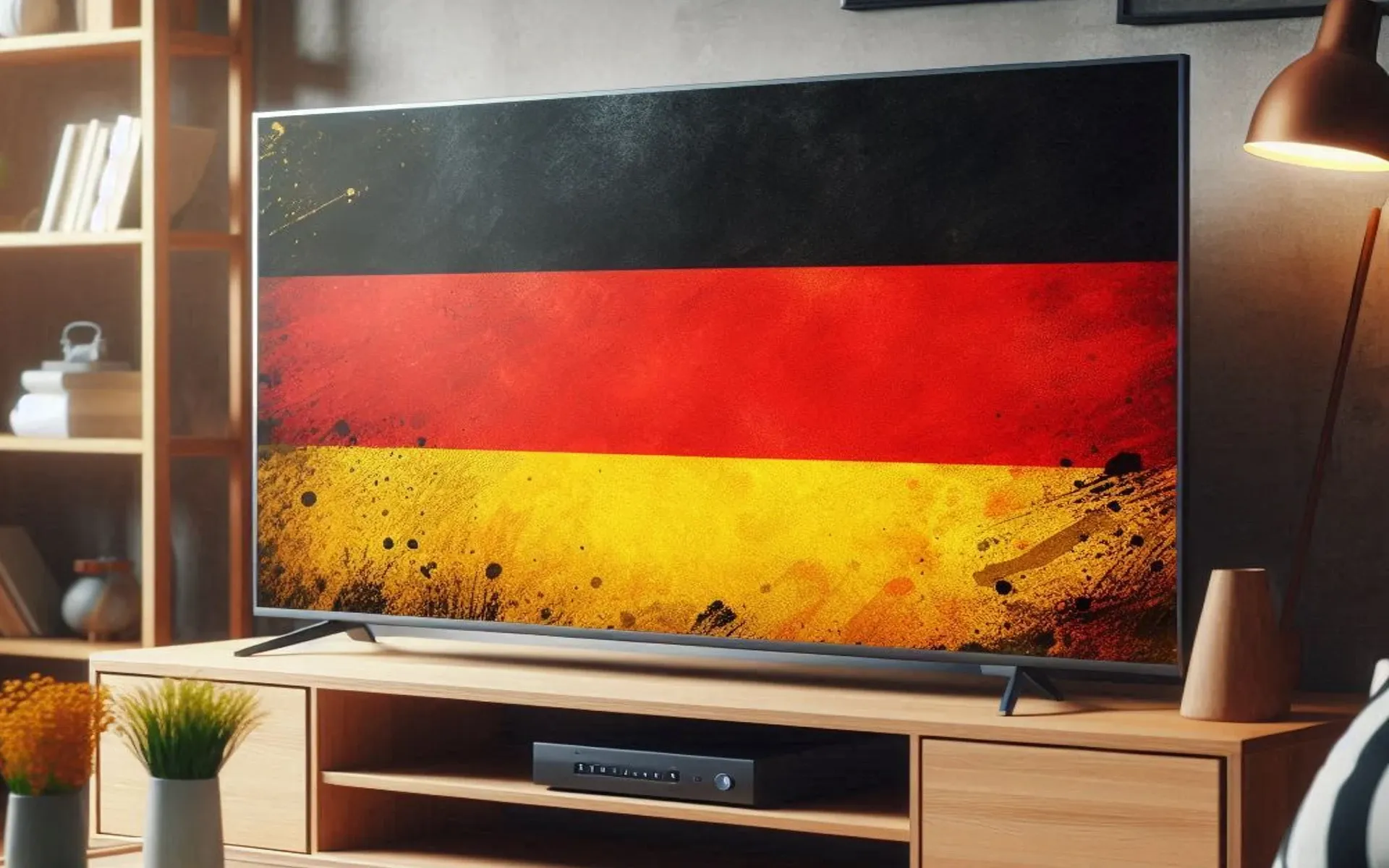Traditional TV loses ground to Streaming in Germany
According to the study, 77% of Germans now use video streaming services weekly, a rise of 7 percentage points year-on-year and 13 percentage points over the past three years.

A recent report by Nielsen, a leading global media and data analytics company, reveals a significant shift in how Germans consume video content. The report, titled "The Media Use Study," highlights a surge in streaming service usage, surpassing traditional linear TV channels for the first time.
According to the study, 77% of Germans now use video streaming services weekly, a rise of 7 percentage points year-on-year and 13 percentage points over the past three years. This indicates that streaming has become the preferred method for consuming video content, with usage exceeding traditional TV channels.
The trend is particularly pronounced among younger demographics. The report shows that 92% of Germans aged 18-34 use streaming services weekly. Notably, significant growth is also evident in older demographics, with the 35-54 age group experiencing a 10 percentage point increase in weekly streaming usage to 83%. Even the 55-69 age group, traditionally associated with higher linear TV viewership, has seen an 8 percentage point rise in weekly streaming usage year-on-year.
The report identifies Netflix and Amazon Prime Video as the dominant streaming platforms in Germany, with 56% of respondents accessing each service weekly. This represents a 6% and 4% increase in weekly usage for Amazon Prime Video and Netflix, respectively, compared to the previous year. Disney+, however, has experienced stagnant growth, remaining at 29% weekly usage. Additionally, the number of households without a streaming subscription has declined by 4% year-on-year.
Interestingly, Netflix leads in attracting new users in 2024. The study reveals that 18% of respondents subscribed to Netflix for the first time this year, followed by Amazon Prime Video (16%) and Disney+ (11%).
While the Nielsen report doesn't explicitly mention the performance of specific companies, it does highlight trends that could potentially affect ProSiebenSat.1 Media SE (PSE) and RTL Group (RTL), both listed on the Frankfurt Stock Exchange.
The report indicates a significant shift towards streaming services and a decline in traditional TV viewership in Germany. ProSiebenSat.1 and RTL are major players in the German television landscape, generating revenue from advertising broadcast during their programming. A decrease in viewership could lead to a decline in advertising revenue for these companies.
However, it's important to consider other factors:
- Streaming Strategies: Both ProSiebenSat.1 and RTL have launched their own streaming services (Joyn and RTL+ respectively) to compete with the likes of Netflix and Amazon Prime Video. The success of these platforms could mitigate the impact of declining linear TV viewership.
- Content Production: ProSiebenSat.1 and RTL are known for producing popular content. High-quality content creation remains crucial for attracting viewers to both linear TV channels and streaming services.
- Advertising Innovation: The media landscape is constantly evolving, and these companies might explore new advertising models within the streaming space to compensate for potential declines in traditional TV advertising revenue.
Overall, the Nielsen report suggests that ProSiebenSat.1 and RTL might need to adapt their strategies to navigate the changing media landscape. While declining traditional TV viewership poses a challenge, their streaming service offerings and content production capabilities could offer opportunities for future growth.
Decline of Traditional TV
The rise of streaming services coincides with a decline in traditional TV viewership. Daily viewership of public broadcasters ARD and ZDF has dropped to 39%, with weekly viewership at 73%. This data suggests a significant erosion of linear television's dominance in the German media landscape.
Connected TV Makes its Mark
The report also highlights the growing popularity of Connected TV (CTV) devices. Over three-quarters (76%) of respondents are aware of or have used CTV, with more than a third (35%) using them daily or at least three times a week. Smart TVs are the preferred platform for accessing CTV services (61%), followed by streaming sticks (29%).
The Media Use Study also delves into media consumption beyond video content. A significant finding is the widespread concern about fake news. Nearly three-quarters (74%) of respondents expressed concerns about fake news, with 41% indicating major worries. This represents a 5% increase in year-on-year worries about fake news. Social media platforms are perceived as the least trusted source of information regarding fake news, with 69% of respondents expressing concerns. Conversely, radio remains the most trusted medium for news, with only 23% of respondents worried about fake news on radio broadcasts, reflecting a 3% annual decline in such concerns.
The report explores social media usage trends as well. While WhatsApp remains the most used platform, with over three-quarters (76%) of respondents using it daily, Instagram has overtaken Facebook for the first time. Daily usage of Instagram is reported at 36%, compared to 35% for Facebook. YouTube follows closely behind at 33% daily usage, with TikTok capturing the attention of 18% of respondents who use it daily.
Nielsen's Media Use Study paints a clear picture of a rapidly changing media landscape in Germany. Streaming services have emerged as the dominant force for video content consumption, with traditional TV viewership declining. The report also highlights the growing popularity of Connected TV devices, rising concerns about fake news, and a shift in social media platform preferences. These findings offer valuable insights for content creators, advertisers, and media companies looking to understand and cater to the evolving needs of German audiences.

